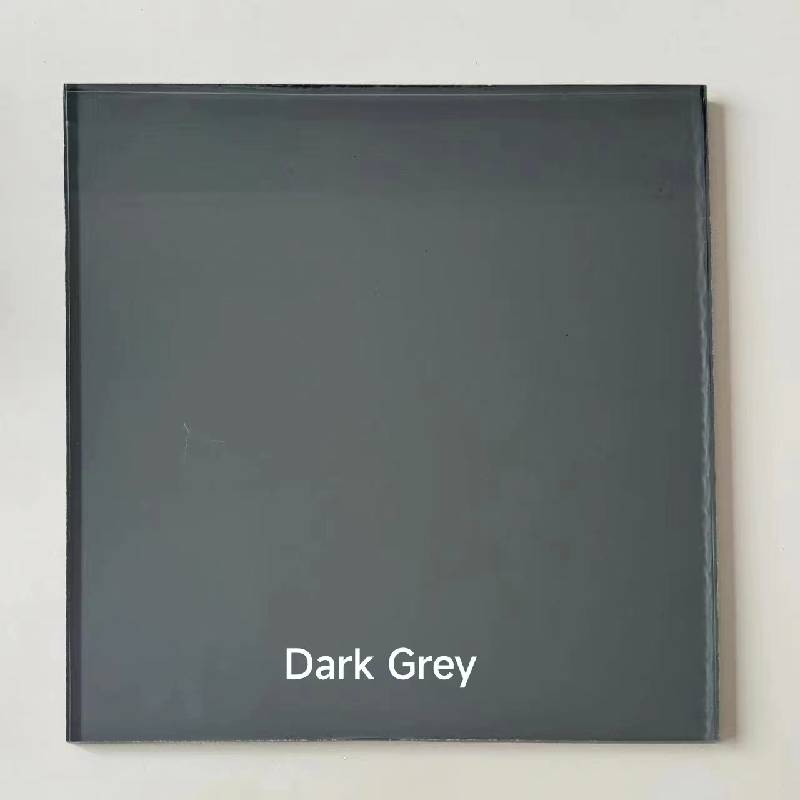

The Rise of Ultra Clear Glass Manufacturers A New Era in Transparency
In the world of construction, architecture, and design, the quest for clarity and purity in materials has never been more pivotal. Among these materials, ultra clear glass has emerged as a frontrunner, revolutionizing how we perceive and interact with space. This transparency not only enhances the aesthetic appeal of structures but also plays a crucial role in energy efficiency and interior comfort. As demand for this premium product surges, the role of ultra clear glass manufacturers becomes increasingly significant.
Understanding Ultra Clear Glass
Ultra clear glass, also known as low iron glass, is a type of glass that contains a reduced amount of iron oxide, which is responsible for the green tint seen in standard glass. By minimizing the iron content, ultra clear glass achieves a superior level of clarity, allowing for higher light transmission and an unblemished view. This type of glass is especially valued in applications where visual quality is paramount, such as in high-end architectural projects, luxury vehicles, and premium showcases.
Applications of Ultra Clear Glass
The versatility of ultra clear glass is evident in its wide-ranging applications. In architecture, it can be found in façades, balustrades, and windows, offering unobstructed views and enhancing natural light within spaces. Its sleek appearance is especially sought after in modern designs, contributing to a minimalist aesthetic. Moreover, in retail environments, this glass allows products to shine without distracting reflections, creating a more inviting atmosphere for shoppers.
In the automotive industry, ultra clear glass improves visibility and reduces glare, enhancing driving safety. It is used in windshields and side windows of luxury vehicles, where clarity and quality are non-negotiable features. Similarly, in the electronics sector, ultra clear glass is utilized in screens, ensuring vibrant colors and high resolution, as well as in various consumer goods where quality perception is closely tied to the visual clarity of the packaging.
The Manufacturing Process

The production of ultra clear glass is a sophisticated process that involves advanced technologies and stringent quality controls. Manufacturers start with high-quality silica sand, which is refined to minimize impurities. The melting process occurs in specialized furnaces that operate at extremely high temperatures. After melting, the glass is formed into various shapes using techniques such as float glass, where it is floated on molten tin to create flat sheets, or through molding for more intricate designs.
Once formed, the glass undergoes a series of tempering and finishing processes to enhance its strength and clarity. Chemical treatments are often applied to further remove any residual impurities and to create a durable surface that is resistant to scratches and environmental wear.
Challenges Faced by Manufacturers
While the market for ultra clear glass is expanding, manufacturers encounter significant challenges. The cost of raw materials, particularly high-quality silica, is on the rise, which can impact pricing structures. Additionally, the competition in the glass manufacturing industry is fierce, with both established players and new entrants vying for market share. Manufacturers must continuously innovate and invest in technology to improve production efficiency and maintain high-quality standards.
Environmental sustainability is another concern. The glass manufacturing process is energy-intensive, leading to high carbon emissions. To address this, many manufacturers are exploring eco-friendly practices, such as utilizing renewable energy sources and implementing recycling programs to minimize waste.
Conclusion
The ultra clear glass industry is more than just a segment of manufacturing; it is at the forefront of modern design and technological advancement. As architects and designers increasingly lean towards transparency and natural light, the demand for ultra clear glass is set to soar. Manufacturers who can balance quality, sustainability, and innovation will not only thrive in this competitive landscape but also shape the future of how we experience built environments. The journey towards a clearer vision—both literally and metaphorically—has just begun, marking an exciting era for ultra clear glass manufacturers worldwide.